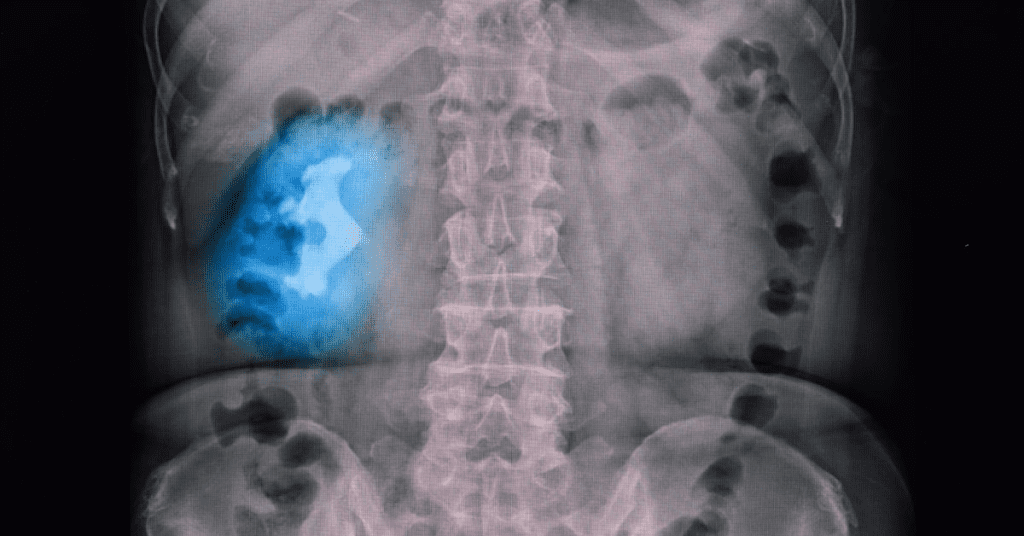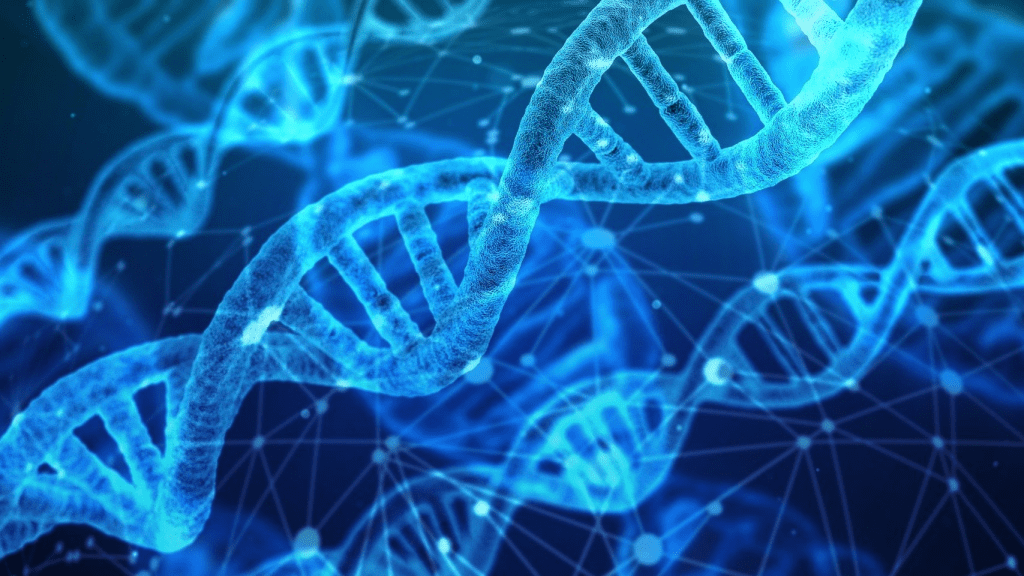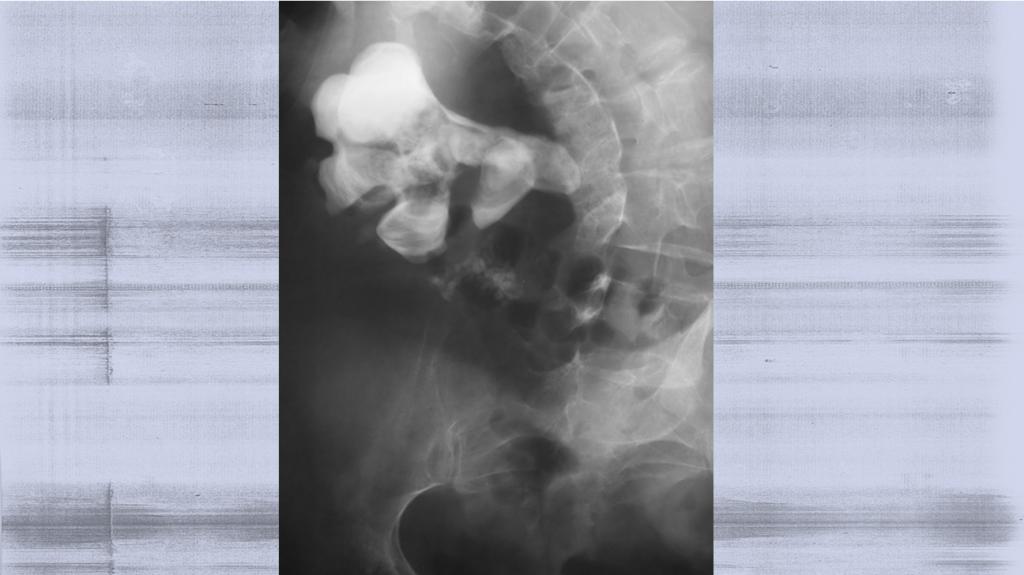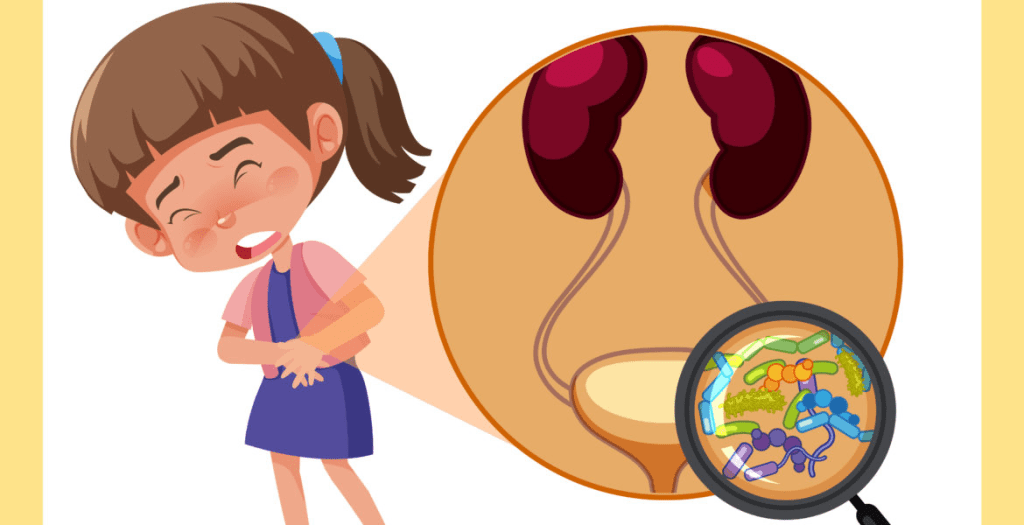Staghorn kidney stones are one of the most challenging and potentially dangerous types of kidney stones. Known for their large, branching shape, these stones can grow to fill a significant portion of the kidney, causing pain and other serious health issues. But what exactly are staghorn stones, and how are they treated? Let’s dive into the symptoms, causes, and treatment options for these complex stones.
What Are Staghorn Kidney Stones?

Staghorn kidney stones, also called staghorn calculi, are large kidney stones that take on a branched shape, often filling the renal pelvis and extending into the calyces of the kidney. These stones are typically made of struvite, a compound formed by magnesium ammonium phosphate, and are often associated with urinary tract infections (UTIs) caused by bacteria that produce the enzyme urease.
Staghorn stones are less common than other types of kidney stones and are often seen in individuals who experience recurring UTIs. They tend to be more common in women and can present serious health risks if left untreated.
Symptoms of Staghorn Kidney Stones
The symptoms of staghorn stones can vary depending on the size and location of the stone. However, common symptoms include:
- Severe pain: Pain in the back, side, groin, or abdomen is a common symptom.
- Blood in urine (hematuria): This can range from a slight pinkish hue to a more noticeable blood color.
- Fever and chills: Often a sign of infection, which can occur when the stone obstructs the urinary tract.
- Frequent UTIs: Since these stones are linked to infections, people with staghorn stones may experience recurring urinary tract infections.
If you experience any of these symptoms, seeking medical attention promptly is crucial, as untreated staghorn stones can lead to serious complications, including kidney failure.
Types of Kidney Stones and What Causes Them
There are four primary types of kidney stones, each with its causes and characteristics:
1. Calcium Oxalate Stones
Calcium oxalate stones are the most common type of kidney stone, formed when calcium combines with oxalate in the urine. This often occurs when there’s an excess of oxalate or not enough liquid to dilute the oxalate in the urine. Foods high in oxalate, such as spinach and nuts, can contribute to the formation of these stones.
2. Uric Acid Stones
Uric acid stones form when there is too much acid in the urine. These stones are more common in individuals who consume high-purine foods, like red meat, organ meats, and seafood. People with gout or those undergoing chemotherapy are at a higher risk for uric acid stones.
3. Struvite Stones (Infection Stones)
Struvite stones, often seen in staghorn kidney stones, are typically caused by bacterial infections in the upper urinary tract. These stones grow quickly and can become quite large, making them difficult to pass naturally. They are primarily composed of magnesium ammonium phosphate and are associated with chronic UTIs.
4. Cystine Stones
Cystine stones are rare and are caused by a hereditary condition called cystinuria, where excess cystine (an amino acid) leaks into the urine, forming crystals that lead to stone formation. These stones tend to recur throughout a person’s life and can be challenging to manage.
How Are Staghorn Kidney Stones Treated?

Treating staghorn kidney stones often requires a multi-faceted approach due to their size and potential complications. The primary treatment options include:
1. Percutaneous Nephrolithotomy (PCNL)
PCNL is considered the gold standard for treating large kidney stones, particularly staghorn stones. This surgical procedure involves a small incision in the back to access the kidney and break up the stone using specialized tools. PCNL has a high success rate and is usually the preferred method for removing large stones.
2. Extracorporeal Shock Wave Lithotripsy (ESWL)

For smaller stones, ESWL may be an option. This non-invasive procedure uses sound waves to break the stones into smaller pieces, which can then be passed through the urine. However, ESWL is generally not effective for large stones like staghorn stones.
3. Ureteroscopy
Ureteroscopy involves inserting a small scope through the urinary tract to reach and remove or break up stones. This method is often used for stones located in the lower part of the urinary tract but may not be practical for large staghorn stones.
4. Antibiotic Therapy
Since staghorn stones are associated with infections, antibiotics are typically prescribed to manage or prevent infections. Antibiotic treatment is often combined with surgical intervention to reduce the risk of recurring infections.
5. Open Surgery
In rare cases where other methods are ineffective, open surgery may be necessary. This is a more invasive procedure that involves making an incision in the side to access the kidney directly and remove the stone. It’s usually reserved for cases where other treatments have failed.
Dietary and Lifestyle Modifications to Prevent Staghorn Stones
Prevention is key in managing kidney stones, and dietary modifications can help reduce the risk of stone formation. Here are a few lifestyle changes to consider:
Increase Fluid Intake
Staying hydrated is essential for kidney health. Drinking at least 2.5 to 3 liters of water per day can help dilute the substances in the urine that lead to stone formation.
Reduce Sodium Intake
High sodium intake increases the amount of calcium in the urine, raising the risk of calcium stones. Limiting processed foods and opting for fresh, low-sodium options can help keep sodium intake in check.
Limit Foods High in Oxalate
Foods high in oxalate, such as spinach, beets, and nuts, can contribute to the formation of calcium oxalate stones. If you’re prone to kidney stones, it’s best to consume these foods in moderation.
Monitor Animal Protein Consumption

Excessive animal protein can increase uric acid levels, leading to uric acid stones. Reducing intake of red meat, poultry, and fish can help lower the risk.
Consider Omega-3 Supplements
Omega-3 fatty acids found in fish oil may have some protective benefits for kidney health. While more research is needed, some studies suggest that omega-3s may help reduce stone formation by reducing calcium excretion in the urine.
Conclusion: Managing Staghorn Kidney Stones
Staghorn kidney stones are a serious condition that requires prompt medical attention and, in many cases, surgical intervention. By understanding the symptoms and treatment options, individuals can work with healthcare providers to manage and prevent further complications. Making lifestyle adjustments, such as increasing fluid intake and reducing sodium and animal protein, can help minimize the risk of recurrence.
Kidney health is essential, and taking proactive steps to reduce the risk of stone formation can lead to a healthier, pain-free life. If you suspect you have a kidney stone or experience symptoms such as severe pain or blood in your urine, consult with a healthcare provider promptly.


